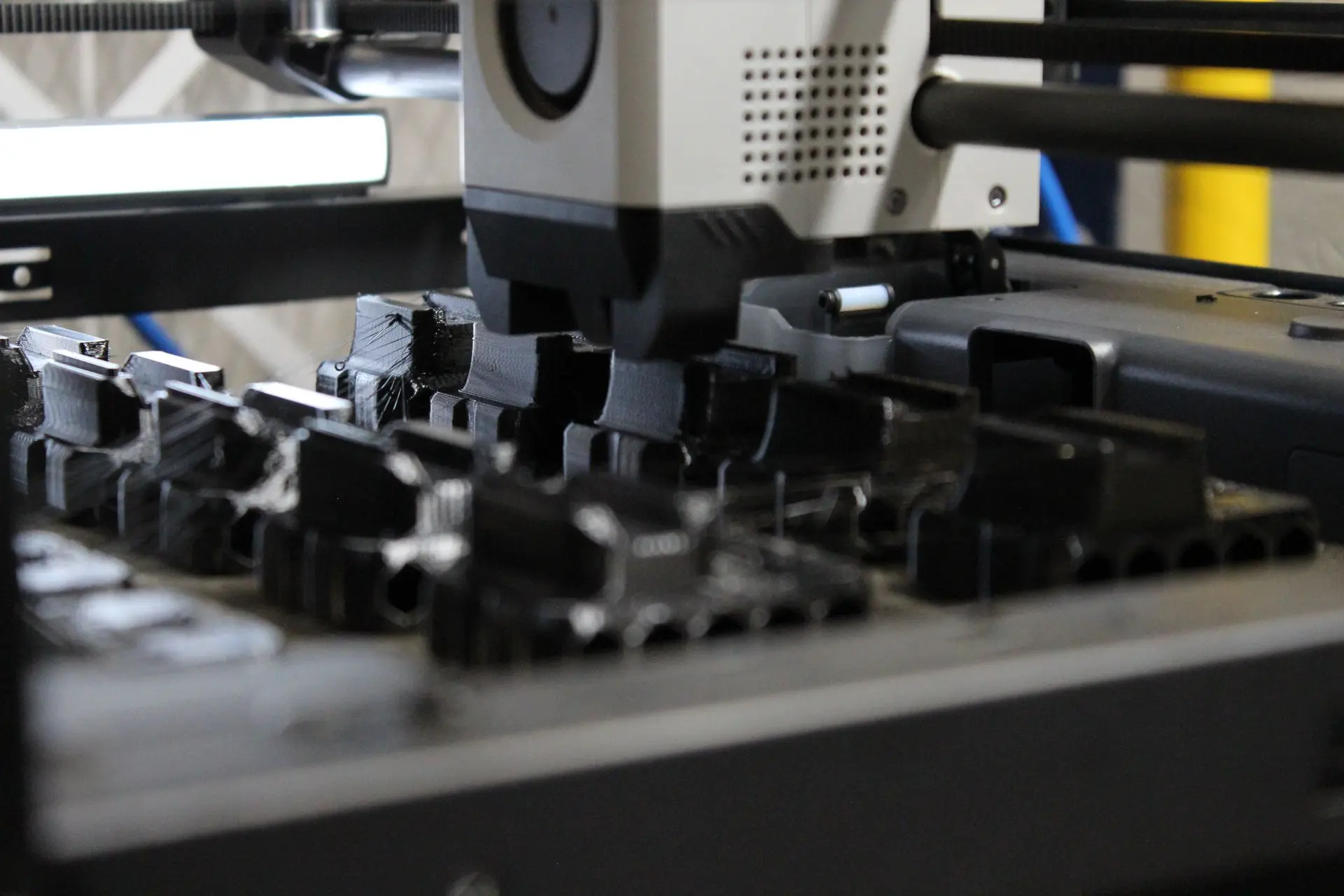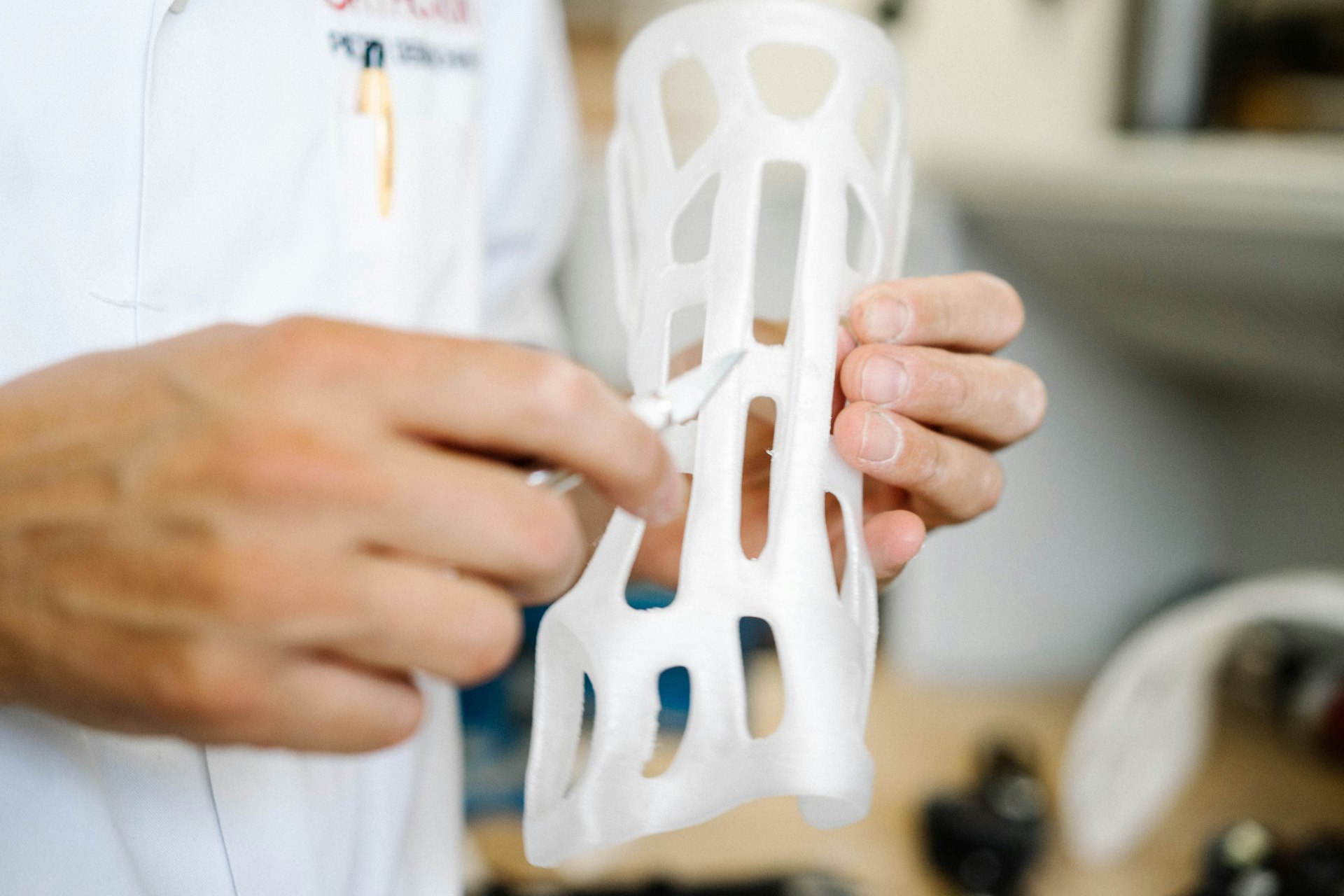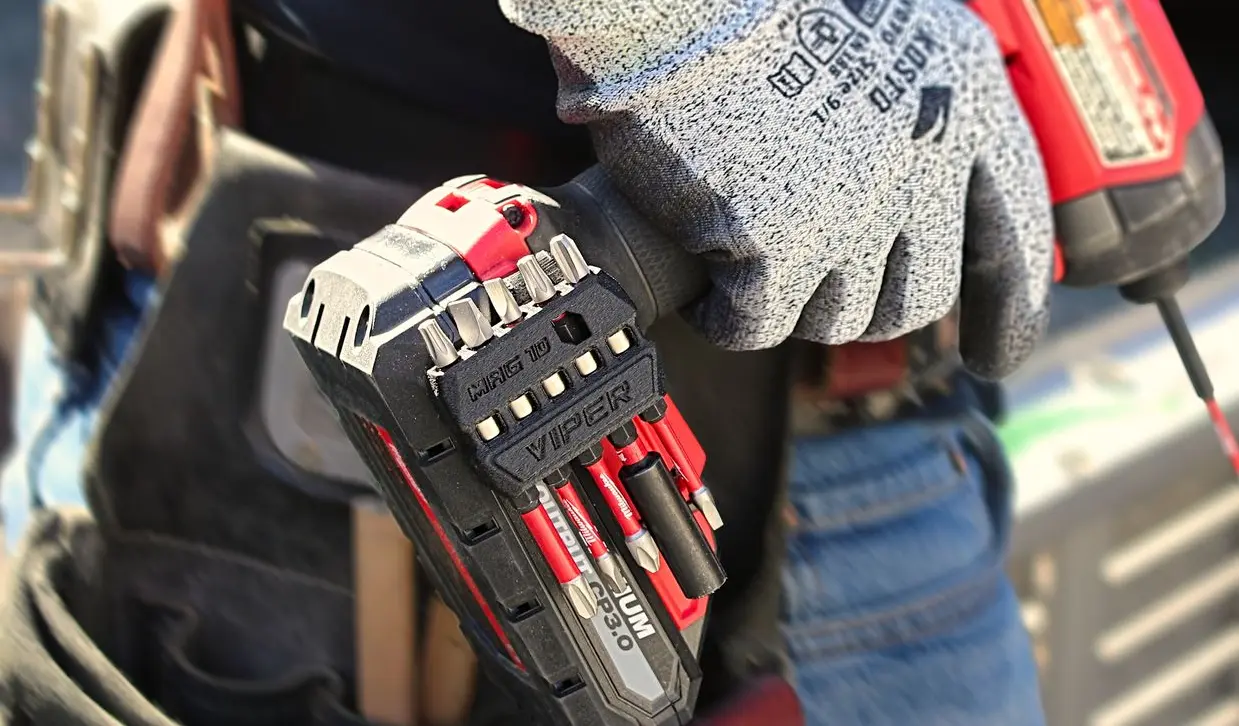WHAT IS ADDITIVE MANUFACTURING?
First, let's talk about the wonders of additive manufacturing, also known as 3D printing, a versatile technology that has revolutionized the manufacturing industry. Its magic lies in the ability to create intricate designs and complex geometries that were once unimaginable with traditional methods.
From aerospace to healthcare, automotive to consumer goods, additive manufacturing offers rapid prototyping, customization, and on-demand production, making it an essential tool for fostering innovation and efficiency in today's fast-paced world.

HIGHLY ADDAPTABLE.
3D printing's adaptability stems from its additive nature, which means using fine layers to create intricate, customized designs that may be challenging or impossible to produce using traditional manufacturing methods. More importantly, costly molds are not needed. When it comes to traditional manufacturing, the production of hundreds of thousands of units in bulk is ideal for meeting high volume demands. However, any potential issues that may arise will result in significant costs and time-consuming challenges for the manufacturer.
In contrast, additive manufacturing enables manufacturers to quickly iterate designs, reduce time-to-market, and respond swiftly to changing market demands. Resolving an issue on a product can take as little as 1 day or even just a few hours before manufacturing can resume.
ENGINEERING GRADE MATERIALS.
If you're familiar with 3d printing, then you're probably familiar with materials such as PLA, PETG and ABS filaments. While these materials are good for prototyping, they are lacking the mechanical properties and interlayer adhesion requirements for heavy duty end-use parts.
Did you know there are tons of engineering grade materials for manufacturing industrial grade parts? These engineering grade filaments offer a variety of properties and are utilized across many industries for their specific characteristics and performance capabilities. Below are some examples of plastics we can use to make tough, high quality parts.
- Nylon (Polyamide, PA-6, PA-12): Known for its strength, flexibility, and durability, nylon filaments are commonly used in applications that require impact resistance and toughness.
- Polycarbonate (PC): PC filaments are heat-resistant and have high impact strength, making them suitable for applications that require temperature resistance and toughness.
- Polyether Ether Ketone (PEEK): PEEK filaments are high-performance engineering plastics known for their excellent mechanical properties, chemical resistance, and high temperature resistance.
- Polyetherimide (PEI): PEI filaments, such as Ultem, are known for their high strength, heat resistance, and flame retardancy, making them suitable for applications that require high performance under extreme conditions.
- Polycarbonate-Polybutylene Terephthalate (PC-PBT): PC-PBT filaments combine the properties of polycarbonate and polybutylene terephthalate, offering a balance of strength, impact resistance, heat resistance, chemical resistance, and maintains mechanical properties down to -30C. Typically used in parts that require high durability in extreme environments.
- Thermoplastic Polyurethane (TPU): TPU filaments are non-marring, flexible, durable, and resistant to abrasion and impact. They are commonly used in applications that require elasticity and strength, such as flexible parts, seals, bumpers and protective covers.


CHANGING THE NARRATIVE
Despite the prevailing notion that 3D printed items are often perceived as "inexpensive", "delicate", or "inferior", we strive to challenge these misconceptions by showcasing the superior quality of our products, tailored specifically for professionals in the industry. Our bit holders, for example, feature outstanding durability due to an intelligent design and high performance materials, surpassing many if not all other bit holders on the market today. Through additive manufacturing, we're able to design, develop, test and produce high quality, durable parts and products in a short time, allowing us to remain hyper-focused on feedback from our customers and implement changes quickly. That, is why we choose additive manufacturing. We are just a small part of a larger group of businesses and manufacturers who use 3d printing as a means to produce outstanding products.